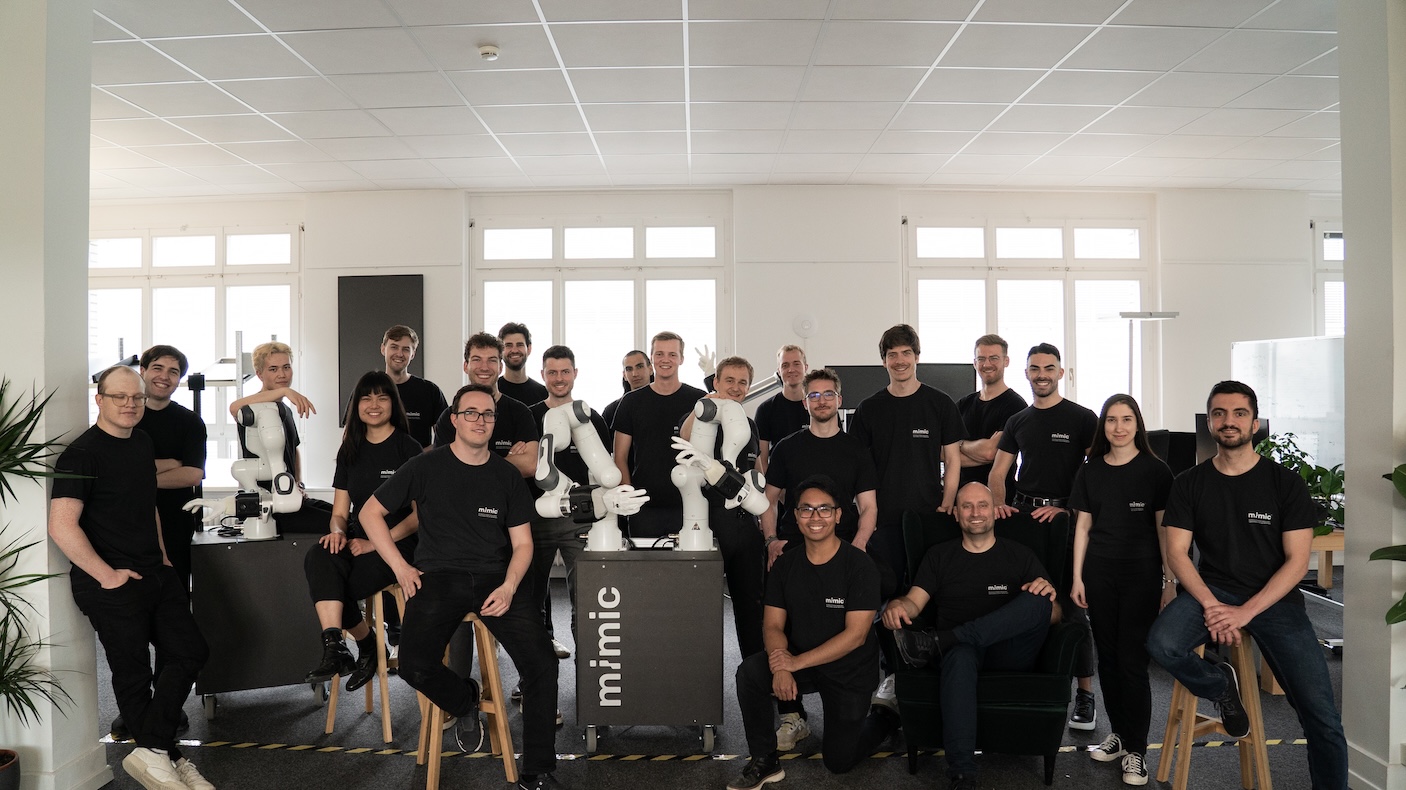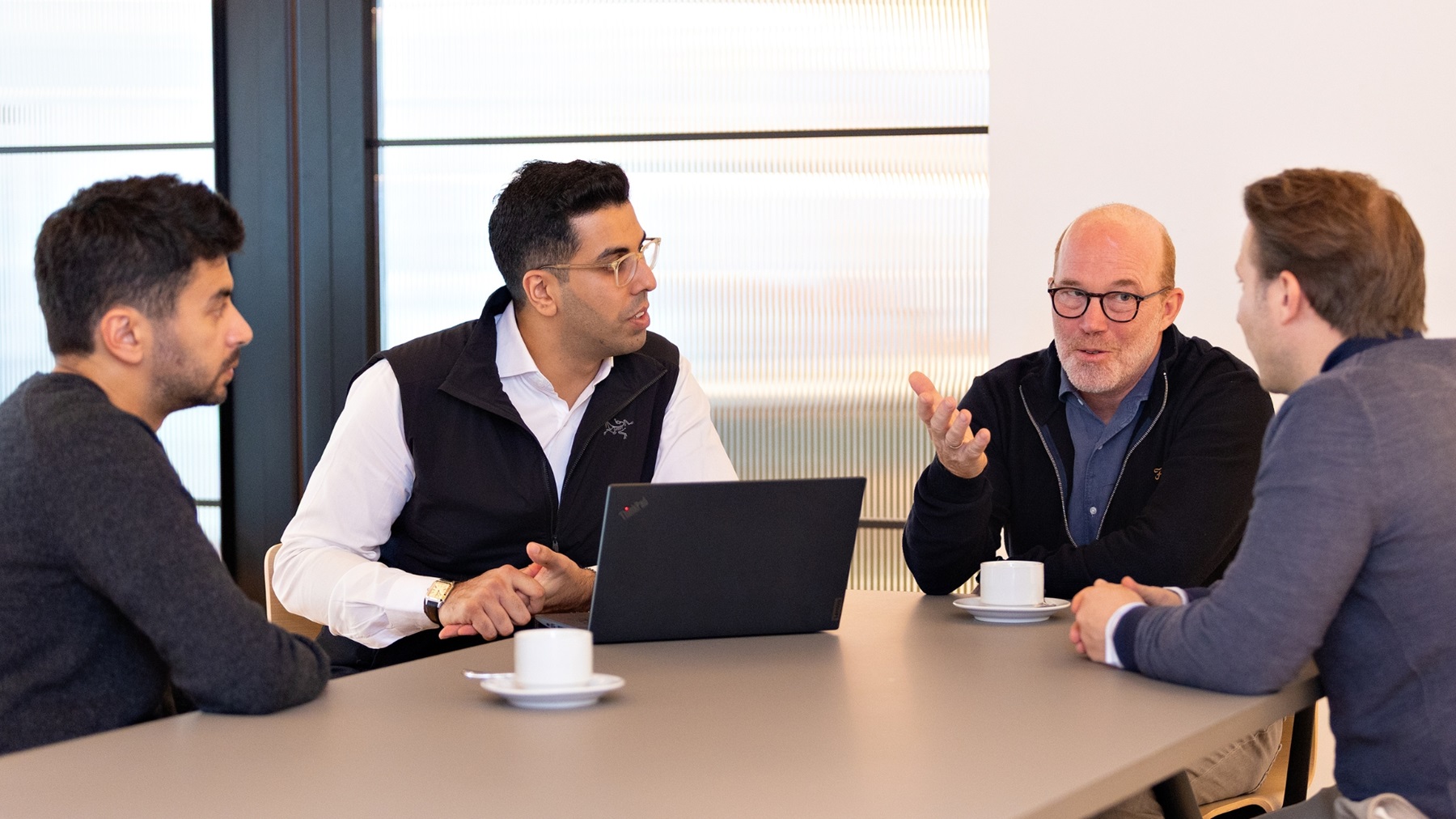Cap Tables and ESOP Made Easy: Our Investment in Ledgy
At Speedinvest, we want to know at any time our exact shareholding in each of our portfolio companies. This is why we maintain an individual cap table for all of them. Every time there is a movement or new issuance of shares, we update the cap table. This manual work is incredibly time-consuming and error-prone.
There are just a handful of companies courageous enough to tackle this complex problem for companies, employees, and investors at the same time with a multi-sided platform. Carta is by far the most prominent example, a San Francisco-based company founded in 2012 and most recently valued at $7.4 billion valuation after receiving $1.1 billion funding in total.
But Europe is not the US. Every country has different laws when it comes to equity issuance and employee stock programs. And this is where our latest investment, Ledgy, comes into play.
What is a cap table and why can they be complicated?
A cap table (or capitalization table) is a ledger usually displayed in a spreadsheet that breaks down the equity ownership of the company's shareholders. All private companies potentially require to maintain a cap table. But VC-backed companies especially need one, because cap tables become much more complex after a few financing rounds with an accumulating number of financing terms, shareholders, and stock option holders. Part of a more complex cap table is also a so-called waterfall. This is essentially a scenario analysis which shows the potential proceeds every shareholder would receive at a given exit valuation.
The legal foundations of cap tables (including waterfalls) lie in multiple, often hundreds of different legal agreements (investment agreements, convertible loan notes, option grants, and so on) which are then translated into spreadsheets. This work is usually done by various people. Lawyers, who can read and verify the equity transitions from the legal agreements, often get support from finance professionals, who are proficient in modeling numbers and formulas in Excel.
But there are more stakeholders to equity ownership beyond investors. Companies want to know the exact constitution of their shareholders and the potential impact of additional financings or employees’ stock plans. Employees, on the other hand, want to know the value and status of their stock options. Equity also becomes exponentially more complex as you start to grow into new markets and make international hires, both in terms of finances and culture.
So in theory every shareholder would need to maintain their own cap table. The reality is that just a few do. Many just don’t want to deal with this headache, not to mention that most cap tables are flawed, because you need experience to handle the complexity.
Ledgy is fixing it internationally

From the start, the Zurich-based cap table platform has been created as a geo- and jurisdiction-agnostic platform. It has evolved as the go-to tool for international high-growth companies, already catering to companies in 42 countries.
Ledgy drastically streamlines these processes and enables users to review equity and option ownership live in a simple dashboard, serving as the single source of truth. In addition, it gathers all of the required documentation, tracks all of the transactions that took place, and also enables scenario modeling.
And Ledgy doesn’t just streamline the process. It also provides a crisp and intuitive user experience loved by users. Whether it’s our internal legal team or a number of our portfolio companies (Wefox, Bitpanda, Affilio, and Unstoppable Finance), everyone we spoke with had nothing but praise for Ledgy's product.
“ESOPs are extremely relevant for our employee recognition and Ledgy is a huge support here. Every employee can get a real-time overview of the value of our ESOP program, which is a clear motivation factor.” –– Thomas Wallwiener, Head of Group Accounting at Wefox

Large, under-penetrated market
Not only is the pain point clear, the market opportunity is also vast––in public, but particularly in private companies. Most of them are still using spreadsheets. Private capital has been booming over the past 20 years and even conservative scenarios estimate a total private market AUM of $14 trillion by 2026 (up from approximately $10 trillion today). Most of this growth will be fuelled by a continued expansion of venture capital, growth equity, and private equity.
Moreover, employee ownership has been growing significantly over the last years and is expected to continue. It’s widely accepted that company performance is positively affected by aligning interests of shareholders and employees by employee stock ownership programs.
Plenty of expansion potential
There are a number of levers available for Ledgy to continue expanding at a rapid pace. The most obvious one is its potential to capture more of the very fragmented global market that remains largely underserved. Coupled with an expansion into other asset classes (beyond VC-backed companies) and broadening the product into investor relations and portfolio management, the path to continued growth over the coming years is clear. However, we believe the future holds more and in the longer term, its product opens up many additional exciting opportunities.
As a simple example, Ledgy is already used to manage the cap table of a number of European unicorns, such as Getir, Kry or Alan. This presents an opportunity to create new win-win financial products via secondary transactions. Some founders or employees may have an appetite to cash out some of their illiquid equity ahead of an IPO, while investors may like to gain exposure to the technology companies shaping the future. Ledgy is uniquely positioned to make the right match.
The investment

We’re beyond excited to partner up with the super star team at Ledgy and its three co-founders, Yoko, Timo, and Ben who have been impressing us from the day we met them. Likewise, we are pleased to invest in this round alongside NEA and join the existing investors, including Sequoia. We cannot wait to play a role in the next chapter of Ledgy’s impressive growth story.













.svg)
